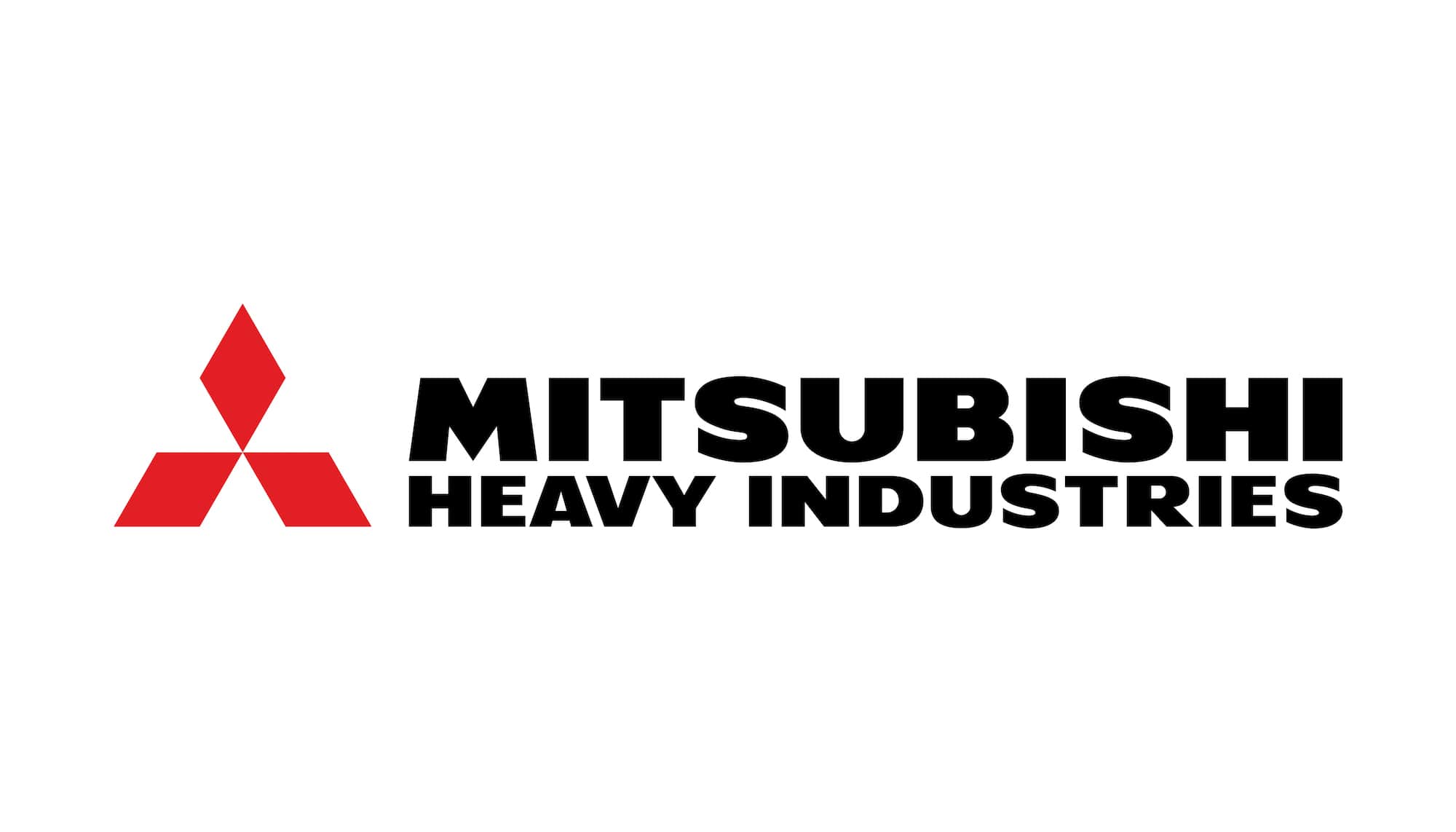Case Studies in Singapore, fuel cell technology
Case Studies in Singapore, fuel cell technology
Case Studies in Singapore, fuel cell technology, A fuel cell is an electrochemical energy conversion device that was invented in 1839 by William Grove to produce electricity by combining hydrogen and oxygen into water. Like batteries, fuel cells convert potential chemical energy into electrical energy and generate heat as a by-product. Are fuel cells a better technology? Fuel cells have strong benefits over conventional combustion-based technologies currently used in many power plants and cars. They produce much smaller quantities of greenhouse gases and none of the air pollutants that create smog and cause health problems. Operating at 60-70ºC (140-158ºF), AFCs are among the most efficient type of fuel cells, reaching up to 60% efficiency and up to 87% combined heat and power. Why aren't we all driving them? There's virtually no pure hydrogen on Earth because it's so reactive. Most hydrogen is made from methane [natural gas] in a process that produces carbon dioxide and other greenhouse gases. Hydrogen can also be made from water using electrolysis, but that requires electrical energy. A fuel cell is an electrochemical cell that converts the chemical energy of a fuel (often hydrogen) and an oxidizing agent (often oxygen[1]) into electricity through a pair of redox reactions.[2] Fuel cells are different from most batteries in requiring a continuous source of fuel and oxygen (usually from air) to sustain the chemical reaction, whereas in a battery the chemical energy usually comes from substances that are already present in the battery.[3] Fuel cells can produce electricity continuously for as long as fuel and oxygen are supplied. The first fuel cells were invented by Sir William Grove in 1838. The first commercial use of fuel cells came more than a century later following the invention of the hydrogen–oxygen fuel cell by Francis Thomas Bacon in 1932. The alkaline fuel cell, also known as the Bacon fuel cell after its inventor, has been used in NASA space programs since the mid-1960s to generate power for satellites and space capsules. Since then, fuel cells have been used in many other applications. Fuel cells are used for primary and backup power for commercial, industrial and residential buildings and in remote or inaccessible areas. They are also used to power fuel cell vehicles, including forklifts, automobiles, buses, trains, boats, motorcycles and submarines. There are many types of fuel cells, but they all consist of an anode, a cathode, and an electrolyte that allows ions, often positively charged hydrogen ions (protons), to move between the two sides of the fuel cell. At the anode a catalyst causes the fuel to undergo oxidation reactions that generate ions (often positively charged hydrogen ions) and electrons. The ions move from the anode to the cathode through the electrolyte. At the same time, electrons flow from the anode to the cathode through an external circuit, producing direct current electricity. At the cathode, another catalyst causes ions, electrons, and oxygen to react, forming water and possibly other products. Fuel cells are classified by the type of electrolyte they use and by the difference in startup time ranging from 1 second for proton-exchange membrane fuel cells (PEM fuel cells, or PEMFC) to 10 minutes for solid oxide fuel cells (SOFC). A related technology is flow batteries, in which the fuel can be regenerated by recharging. Individual fuel cells produce relatively small electrical potentials, about 0.7 volts, so cells are "stacked", or placed in series, to create sufficient voltage to meet an application's requirements.[4] In addition to electricity, fuel cells produce water vapor, heat and, depending on the fuel source, very small amounts of nitrogen dioxide and other emissions. The energy efficiency of a fuel cell is generally between 40 and 60%; however, if waste heat is captured in a cogeneration scheme, efficiencies of up to 85% can be obtained.[5]
Case Studies
Clients













Case Studies


StorHub is leveraging on technology and cluster patrolling to improve security and efficiency. Oneberry's Virtual Guard solution has helped StorHub save close to S$480,000 yearly.



The deployment of ARVAS over 200 cameras in Sentosa is one of the earliest and largest self-learning abnormality detection system in Singapore.



With Oneberry and PUB's Pollution detection and containment system (PDCS), water pollution levels downstream have shown great improvement.



An established multi-disciplinary engineering consultancy company is protected against Tinba malware attack.





